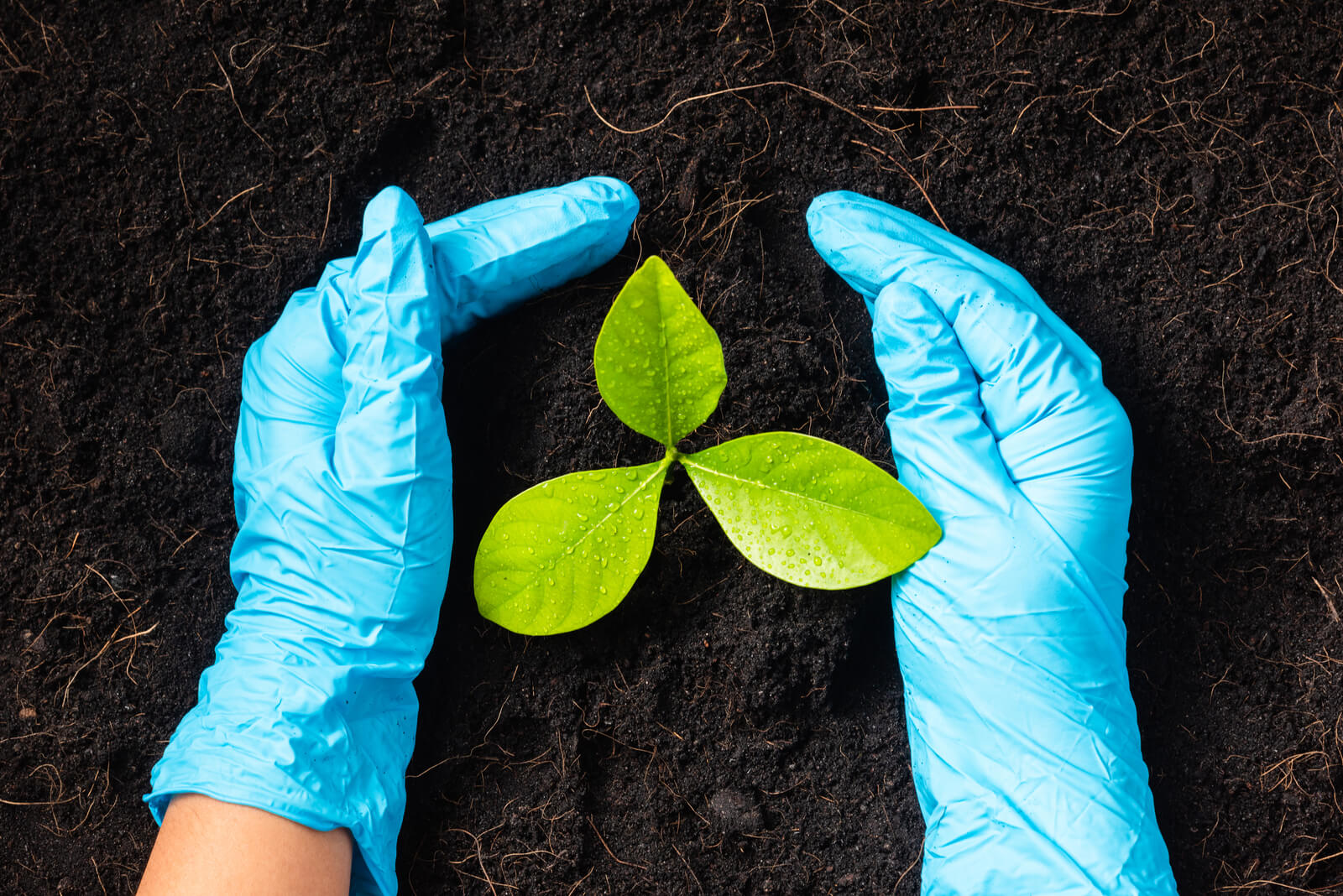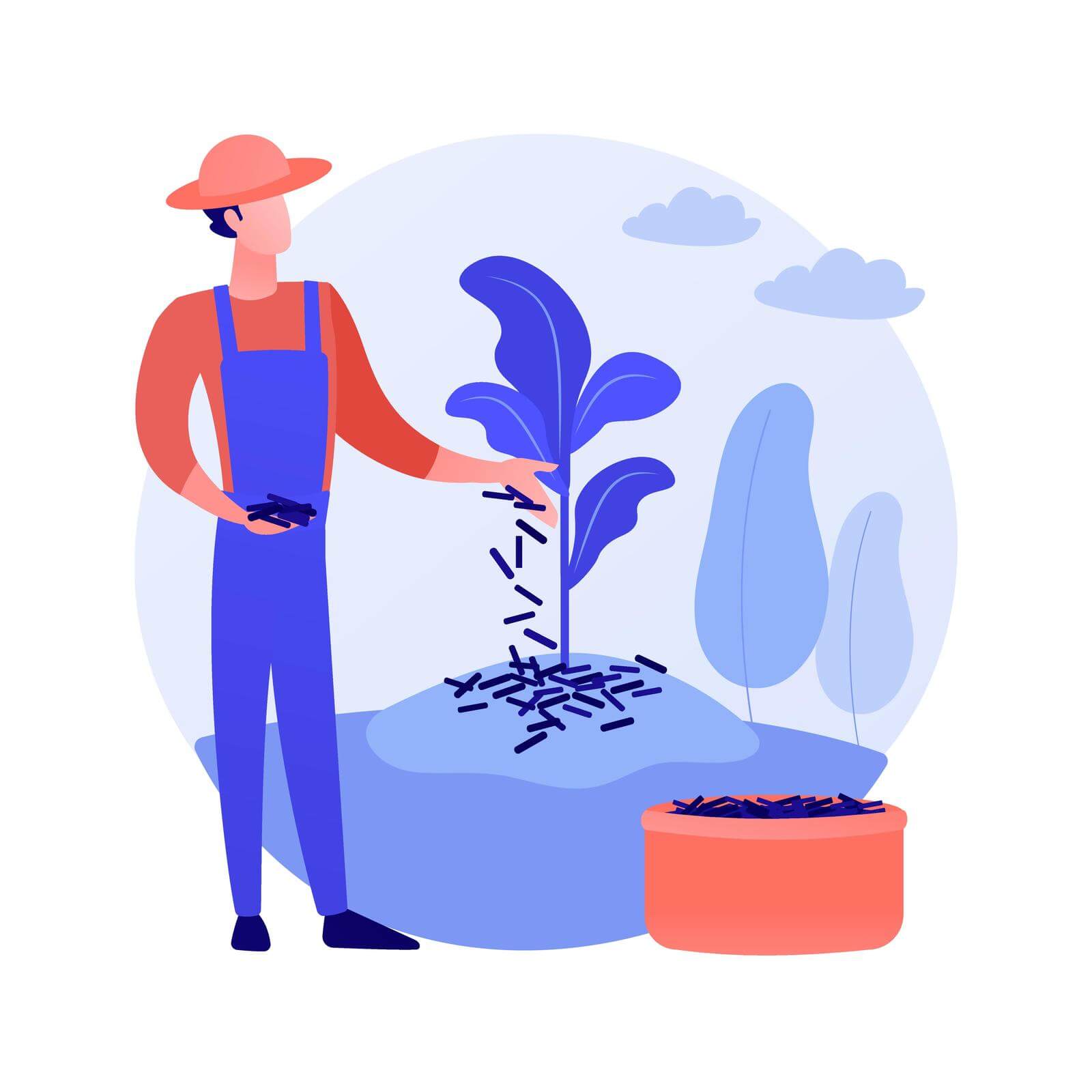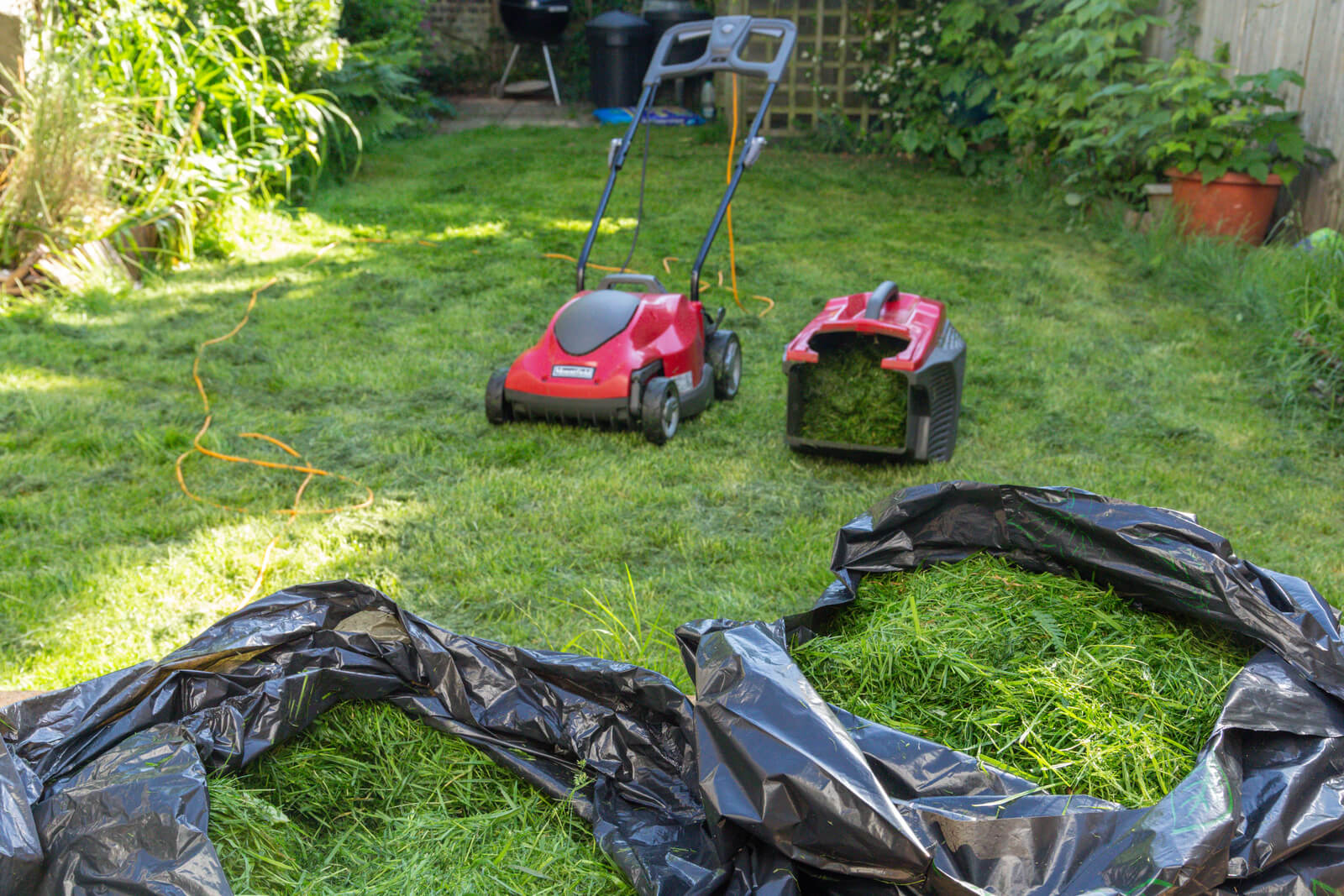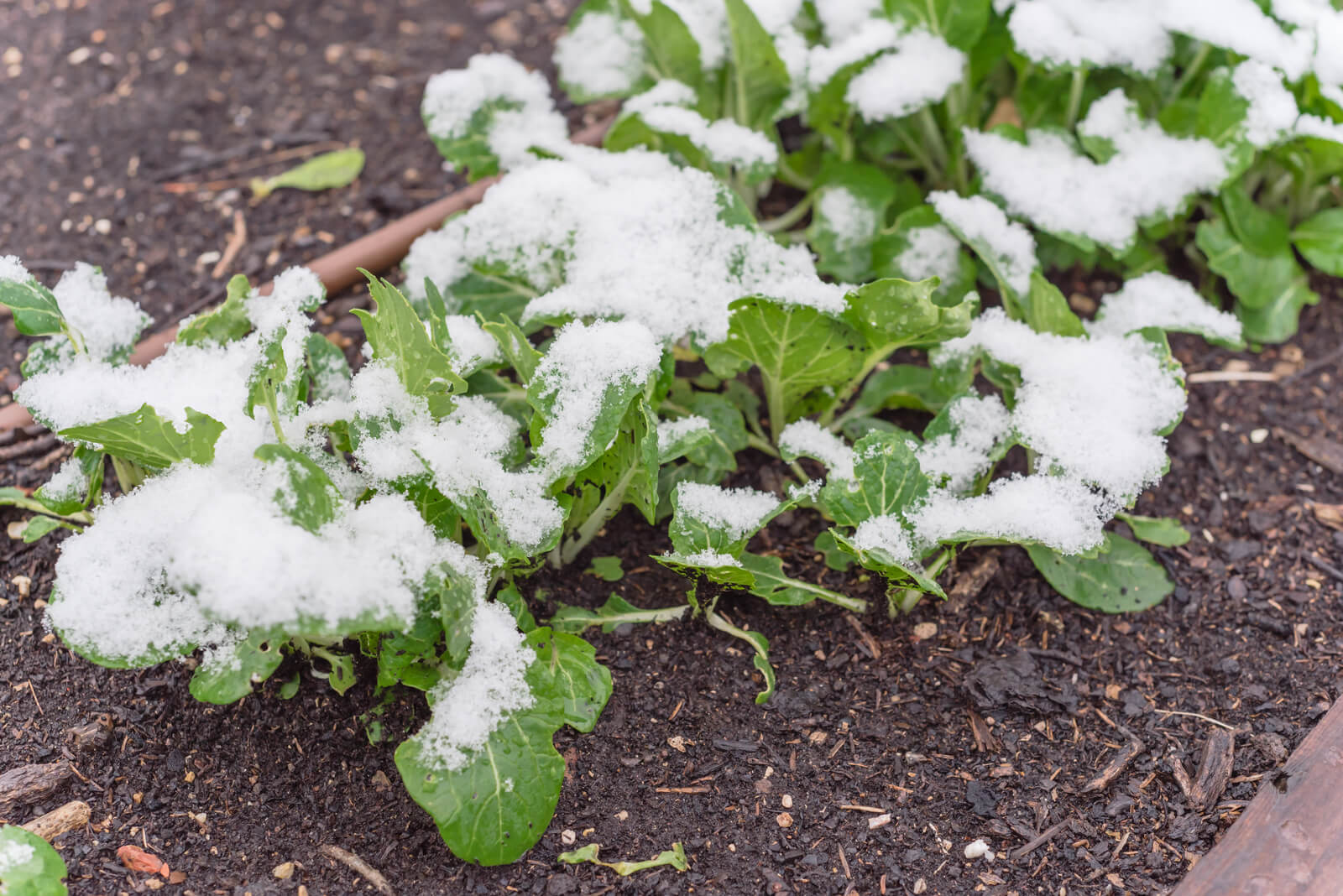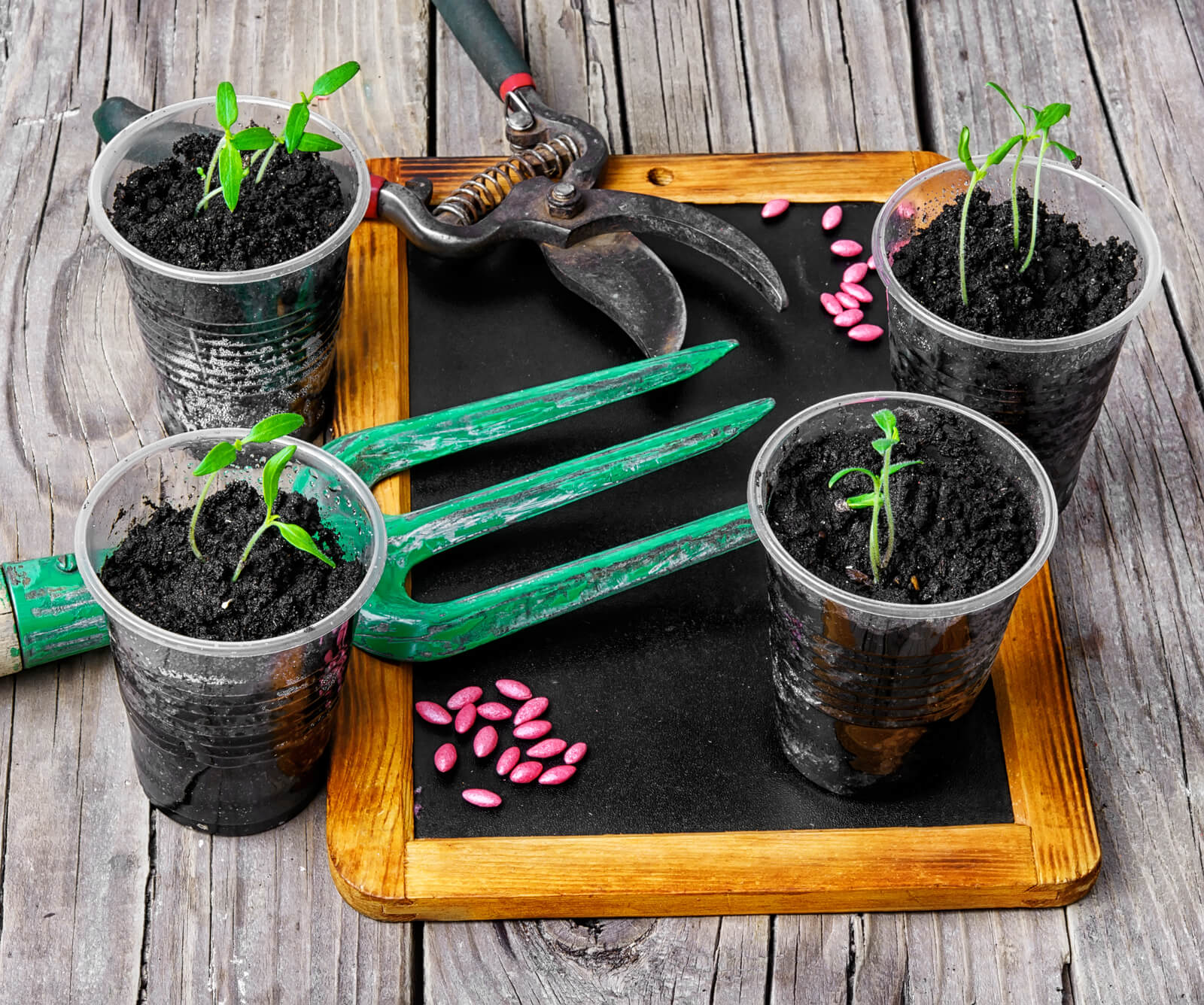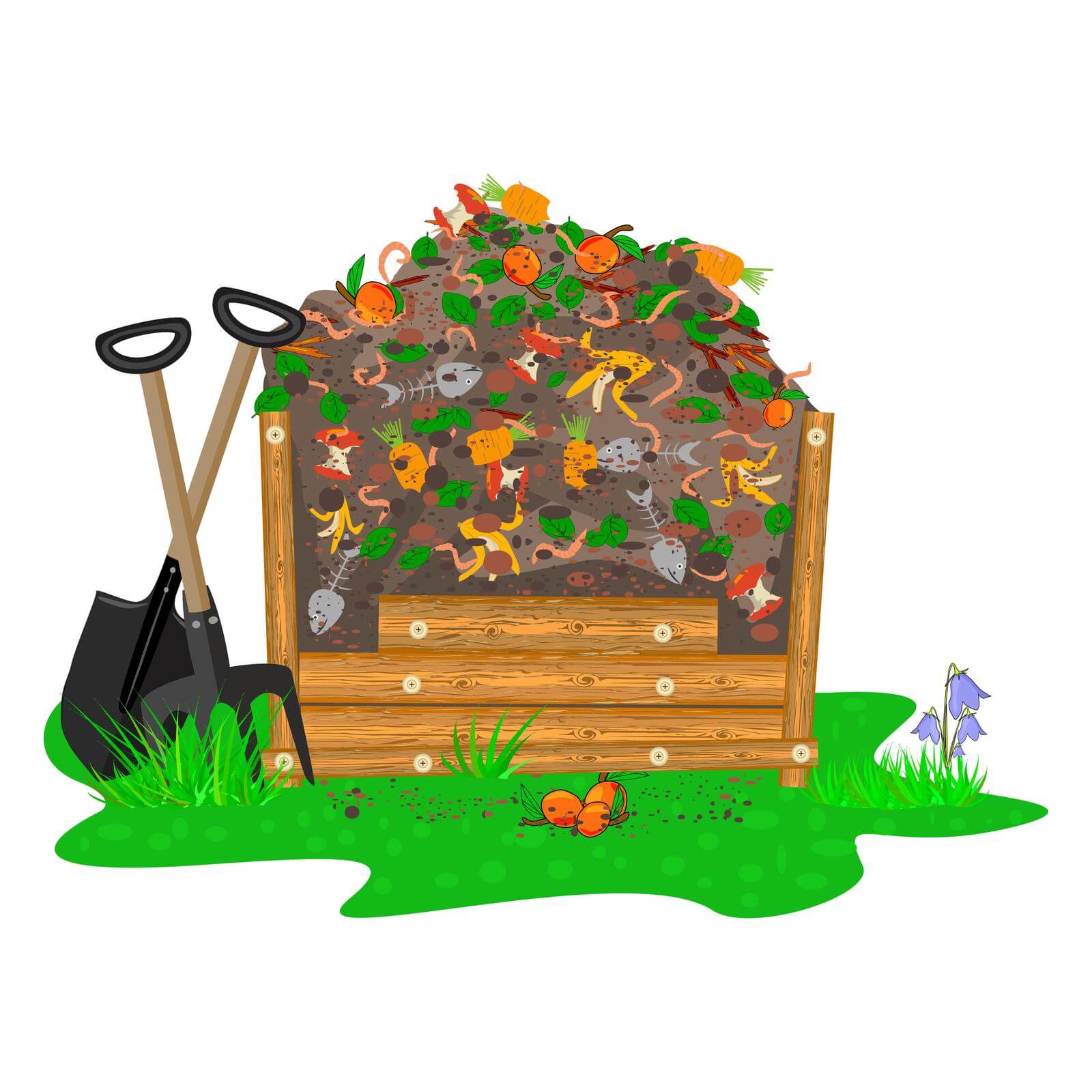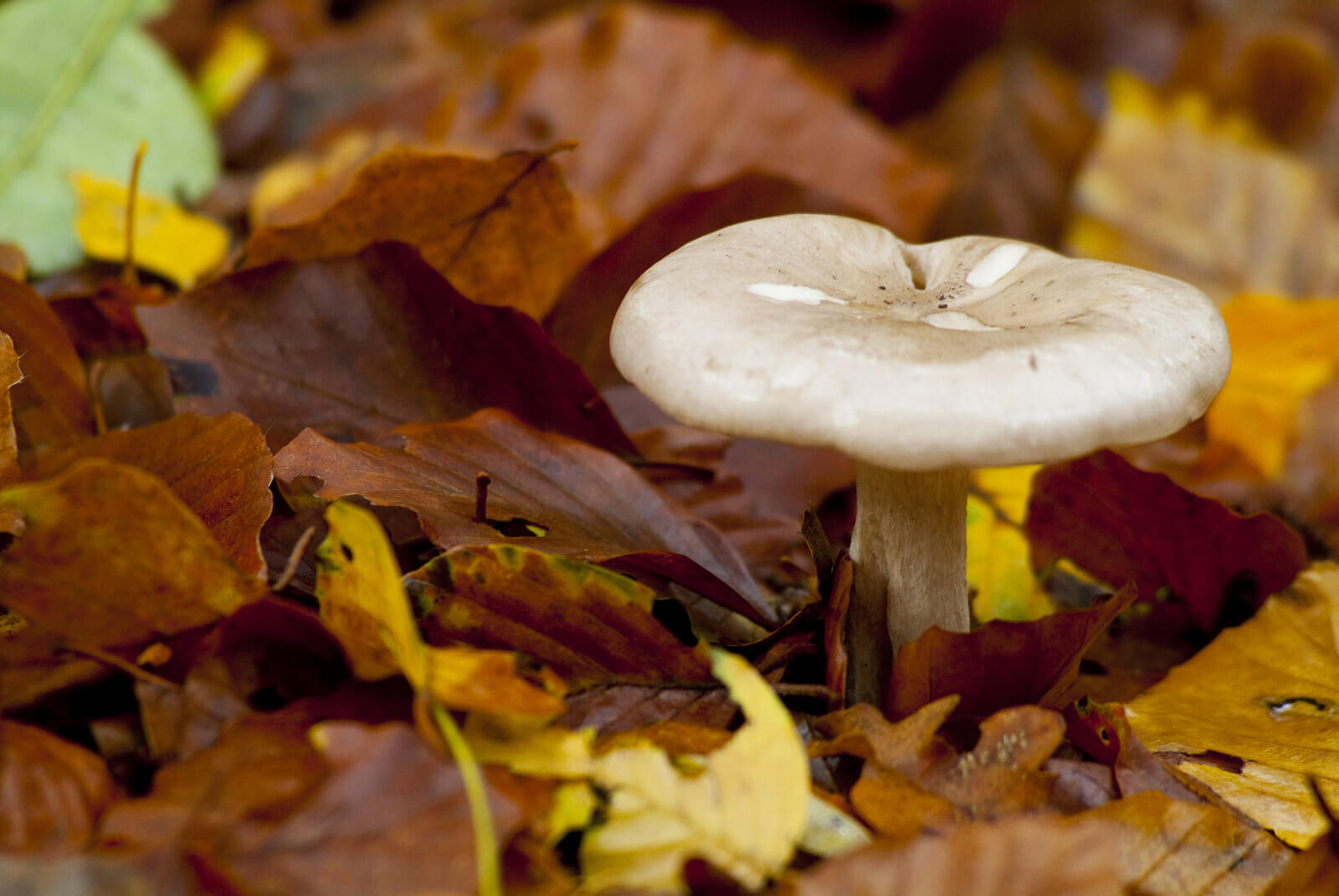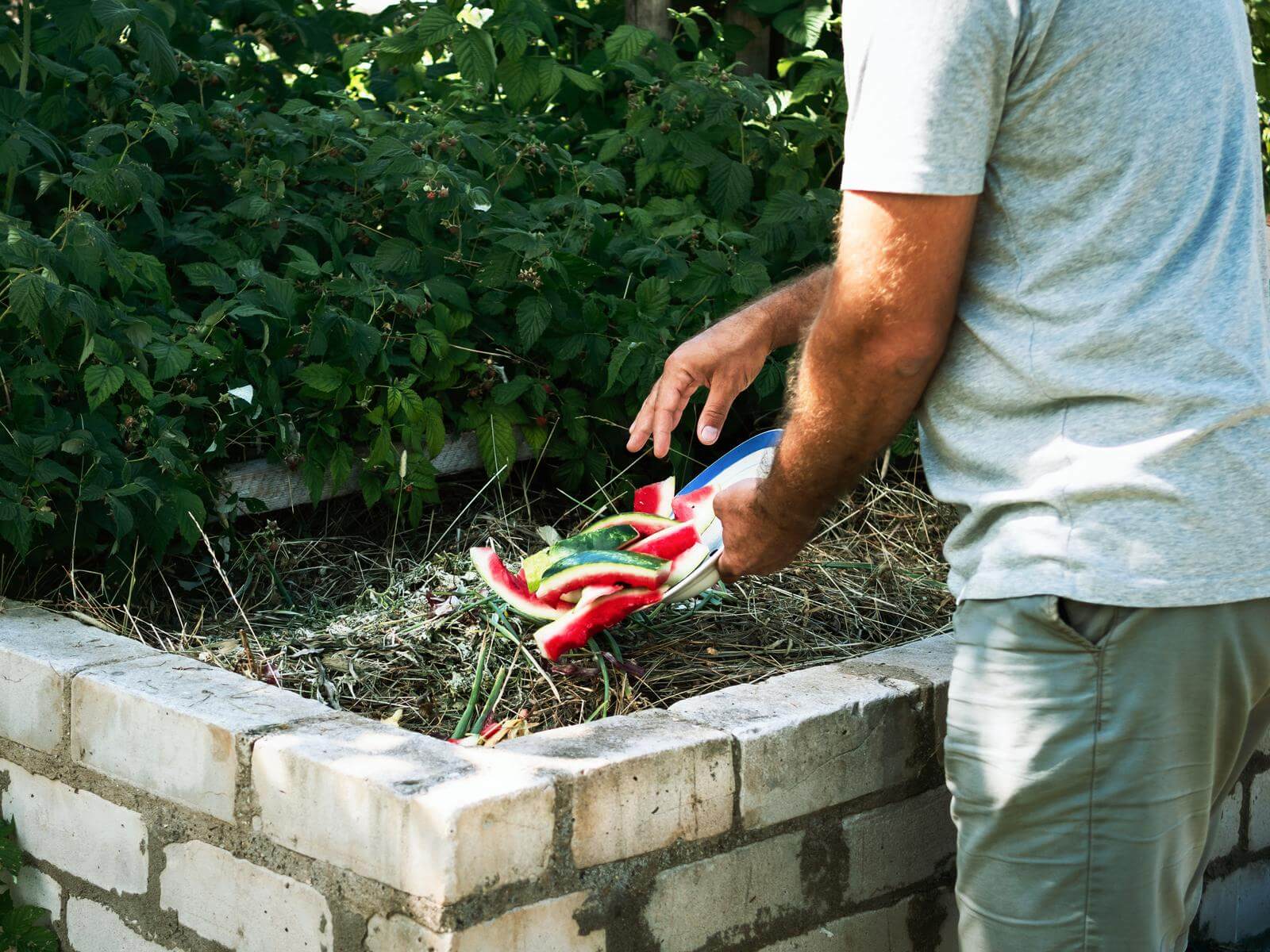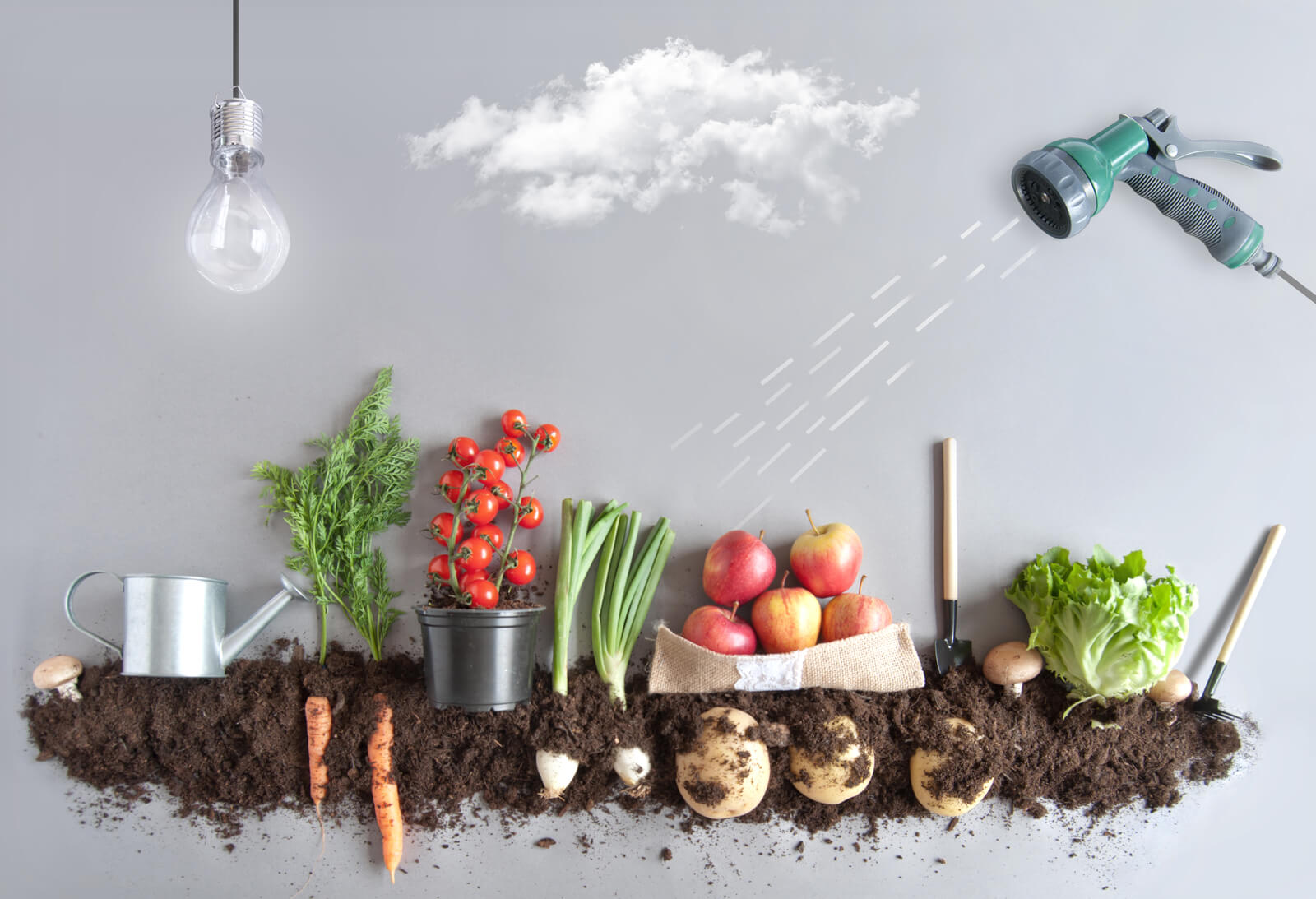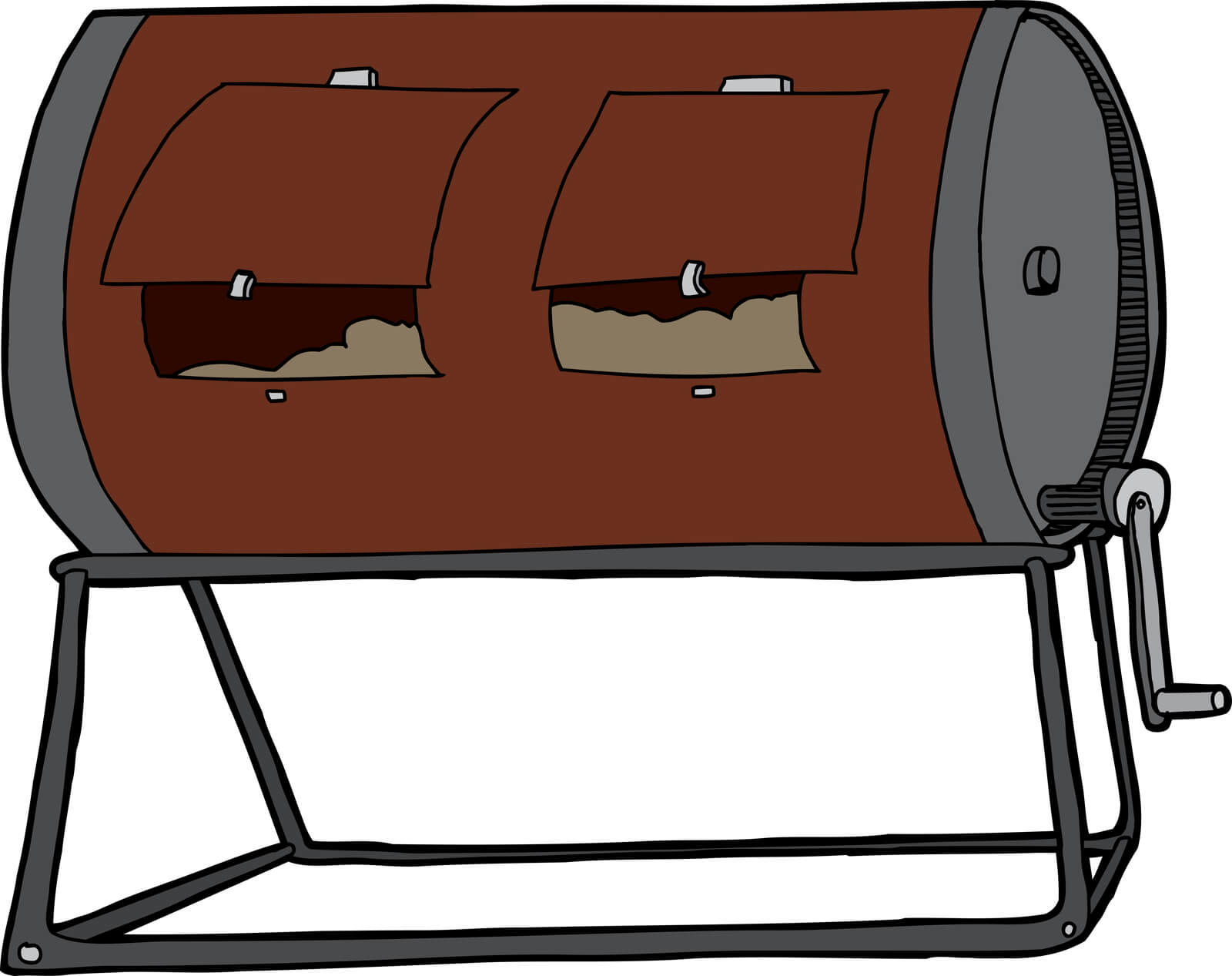- Home
- How to Compost At Home
Learn how to compost at home, and start saving money today
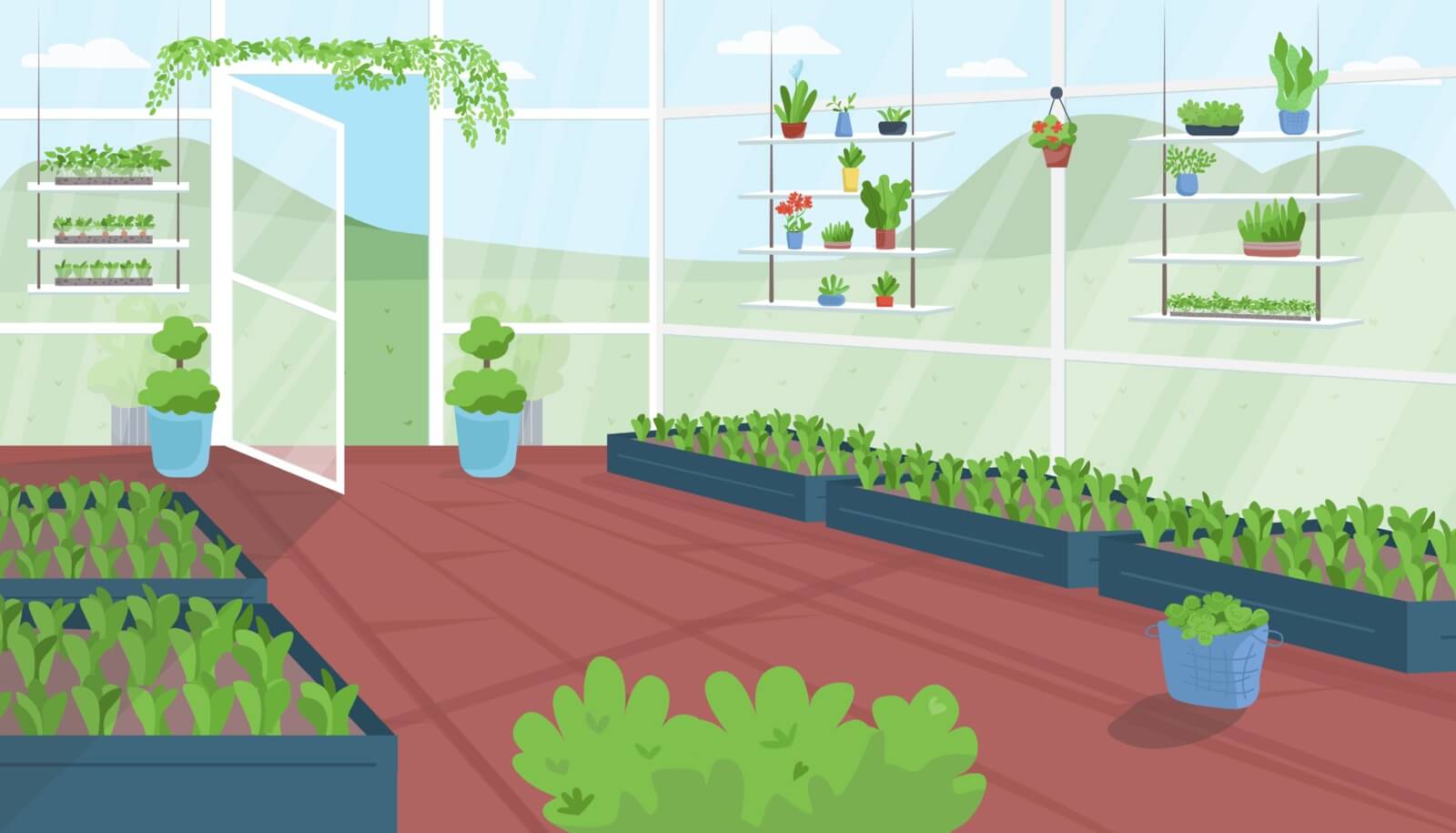
A lot of people are interested in learning how to compost at home, but they don't know where to start. There are many simple ways to compost at home. The most popular methods involve either a pile in the backyard or a composter in the basement or kitchen.
But there are many other options for composting at home. If you have a lot of food waste, you can compost it in your backyard or even on a porch or balcony. If you don't have a lot of food waste, you can compost it in a container. If you don't have a lot of yard space, you can compost in a closet or even in a basement or kitchen.
What is composting?
Composting is the natural process of recycling organic matter. This recycling includes everything from dry leaves and food scraps to animal manure and household waste. The goal of composting is to turn all these materials into something that can enrich the soil and plant life. The result is called compost. Compost is considered to be a valuable fertilizer and is commonly used for gardening, horticulture, and agriculture. Farmers affectionately refer to this "black gold" as "rich soil."
Composting can be either aerobic or anaerobic. If the compost is aerobic, there will be bacteria, fungi, and other organisms that turn the organic matter into compost. If the compost is anaerobic, there will be no bacteria or fungi, and the compost will be turned into an ammonia-rich fertilizer. In both aerobic and anaerobic composting, there is typically some moisture present. This is important because it helps the process along.
Composting basics
Composting is the process by which the organic material from a person's yard or garden is broken down into a soil-like material that retains some of the natural ingredients from the original organic matter.
There are many benefits to home composting, including reducing waste, reducing reliance on artificial fertilizers and pesticides, returning nutrients to the soil, and reducing pollution in waterways. Composting also produces other benefits such as producing better tasting food.
It's important to maintain proper balance in your compost pile so that you get aerobic decomposition happening on all levels of your pile. You can do this by alternating layers of green materials (e.g., vegetable scraps), brown materials (e.g., leaves), and water-based kitchen scraps (e.g., eggshells).
All composting requires five basic ingredients: Nitrogen, carbon, oxygen, water, and microbes. Oxygen is needed to convert organic material into compost. Water is needed to keep the compost material damp, and the microbes are the little bacteria and fungi that are responsible for breaking down the organic matter. The more of these three things you have in your compost, the faster your compost will decompose.
Nitrogen
Compost materials like leaves, grass clippings, and landscape trimmings are useful for organic gardening. We recommend that you keep produce, fruit, and vegetable waste out of the garbage bin. You can also use coffee grounds, tea bags, and animal manure to add nitrogen to your compost pile. This can raise the temperature and speed up decomposition. Avoid food scraps and refuse, as these may attract rodents.
Carbon
The carbon balance of a compost pile is provided by dry brown yard and garden materials. These include leaves, sticks, hay, and shredded paper. Branches should be chopped up or shredded to 12 inches or fewer in size (woody branches should be ground up or chipped). If there is excess nitrogen in the pile, untreated wood chips and sawdust are good sources of carbon.
Oxygen
Compost pile bacteria and fungi depend on oxygen for survival. You will kill healthy organisms when your pile becomes too dense or too wet, thus cutting off its air supply.
This will result in a slower decomposition process and an unpleasant odor. By turning and fluffing the pile frequently, perhaps weekly, you can prevent this. Additionally, rearranging the pile can be done by simply re-arranging it into a new pile.
Aerating the pile with blowers, perforated pipes or other methods can reduce the time and effort required to turn a pile.
Water
If you don't want your compost to be too dry, you need to add enough water to maintain the right moisture level. Moisture content can vary depending on weather conditions. You can also turn your pile regularly and put a hose in the pile to make sure it is getting enough water.
What to compost?
There are many ways to compost at home, and you can use almost any materials that you have lying around. You can use wood shavings, banana peels, newspaper, sawdust, leaves, fruit and vegetable peels, coffee grounds, tea bags, eggshells, shrimp shells ,old newspapers, and even a pile of newspapers. It's best to compost the waste that you get in your home.
What not to compost and why?
There are some materials that you shouldn't compost, and there are some reasons why.
You shouldn't compost meat or dairy products, as they can give off noxious odors that will make the compost unusable. You should also avoid composting plastics, since they may leach chemicals into the compost.
You shouldn't compost hazardous materials, such as paint, petroleum products, pesticides, and batteries. It's also a good idea to avoid composting things that are dangerous to animals, such as chemicals, fertilizers, and animal feces.
Types of composting
Composting can be done both indoors and outdoors, regardless of how complicated or simple you want it to be. Factors that affect composting include the type of soil you have available, whether you have a garden, or whether you have an area to place a compost pile.
Hot composting
If you don't have a lot of yard waste, you can compost in a container. You can make a hot compost pile in a container, which is a more efficient way of composting.
You can either build a small hot compost pile in a container, or you can make a large compost bin that you can move around. This will allow you to rotate the organic material through your pile.
A hot compost pile has the advantage of being able to be started with almost any organic material, including kitchen waste.
There are many advantages to hot composting, including that it doesn't smell, and it doesn't use up as much yard space.
Cold Composting
You can also make a cold compost pile. You can build a cold compost pile in a container, or you can make a compost bin that is set outside.
You can start a cold compost pile in the fall, and it will continue to decompose throughout the winter. It's a good idea to turn the compost pile at least once a month.
Cold composting is a good way to compost if you don't have a lot of yard waste. It also helps to conserve yard space, and it doesn't use up as much fuel.
You can make your compost pile from almost any organic material. Some examples of organic material include leaves, vegetable scraps, paper towel, wood chips, and even eggshells.
Backyard Composting
You can start a compost pile in your backyard, which will usually take about two months to decompose. If you have a lot of yard waste, you can start your compost pile in the middle of your backyard, near a wall or fence.
You should use about 1 cubic yard of organic material for every 3 cubic yards of area that you have available. You can either spread the organic material on top of the ground or make it into a pile.
If you have a large backyard, you can make several smaller piles in different parts of your yard. This will ensure that your compost will decompose more evenly. The size of your compost pile depends on how much organic material you have. A small pile will take about two months to decompose, while a large pile will take about four months. You can tell if your pile is decomposing properly if you see lots of insects and worms crawling around in the pile.
If you are worried about your backyard becoming too smelly, you can try to mask the smell by adding manure or soil to the compost pile.
PORCH COMPOSTING
If you don't have a lot of yard waste, you can start a compost pile on your porch. This will usually take about six months to decompose. You can start your compost pile on the porch, or you can start it on a flat spot of your lawn.
If you have a small area, you can use a flat of your lawn or a piece of cardboard. You should spread the organic material in a single layer and try to make it as wide as possible. This will help to speed up the decomposition process.
Trench composting
Trench composting is one of the most popular composting methods. It is easy and cheap to set up and maintain.
Materials needed:
- A trench, approximately 1-2 feet wide and 4-6 feet long
- A container to hold the finished compost, such as a 5-gallon bucket or a garbage can with holes punched in the bottom so that water can drain out
- Screening material for drainage (can be purchased or made from metal window screen)
There are many benefits of composting in trenches. One benefit is that trenches will hold water better than open pits, which means they won't need to be watered as often as if they were not composting. Another benefit is that trenches use less space than traditional compost piles, meaning you can fit more into your garden with just one trench than you could with two or three traditional piles.
The many benefits of Worm Trench Composting and how to do it right.
Indoor composting
Composting in Apartment
Composting in an apartment is a better way to deal with your food waste disposal. Why? Because compost in an apartment is both easy and efficient. It is easy because all you need to do is put all your food waste in a bin and leave it there to decompose naturally. It is efficient because it's much less effort than hauling your kitchen waste to a landfill or composting facility, and it allows you to recycle your kitchen waste after you've removed the organic material from it.
Composting on the Kitchen Counter
This is by far the least expensive way to compost. The kitchen counter is a great place to compost because it is in the middle of the room, accessible, and not in any way confined. Many items such as bread, coffee grounds, fruit and vegetable peels, eggshells, meat, and dairy products, eggshells, and kitchen scraps can be composted in this manner. The only disadvantage of this method is that it is typically very slow.
Bokashi composting
Bokashi Bins are an ideal composting system for households. Composting can be done in the kitchen, the garden, or the bathroom. The process is relatively easy and can be started by purchasing a bokashi bin online. Your bokashi bin will need to be filled with food scraps like vegetables, fruits, bread, cheese (if dairy), coffee grounds (unfiltered if possible), eggshells, tea leaves, paper towels, or napkins.
Anaerobic bags
Anaerobic bags are a new way to compost in many places. The bag is sealed and placed into the ground and will break down the organic materials and other materials inside. They can be used as a nice addition to your garden or other plantings, adding nutrients to the soil. Anaerobic bags are easy to install and should not produce any odor or attract pests. They can also provide a convenient way to store food scraps without moving them from location to location as you cook.
Indoor compost bins
One tried and true way to reduce the amount of waste sent to landfills is composting. While outdoor compost bins are a popular choice, it is not always feasible to have one on your property. Fortunately, you don't need an outdoor compost bin to compost indoors.
In fact, there are a number of kitchen-friendly indoor compost bins available that can turn food scraps into rich soil for your plants. Indoor compost bins are "plug and play" and require very little maintenance.
They can be placed anywhere in the home, including in the garage, basement, shed or office. They will even work in areas where it is not appropriate or possible to have an outdoor compost bin.
Vermicomposting
Vermicomposting is a method of composting using worms to break down organic material. This type of composting is the most common form of indoor composting because it can be done on a smaller scale and indoors, often in an apartment or city environment.
It has been suggested that vermicomposting can be done on a surface as small as a dinner plate, and produce enough rich soil for plants even in small spaces. It is a very inexpensive and sustainable method, and easy to maintain. Vermicomposting is not as intensive as composting in a large compost pile, and doesn't require as much time.
Composting Problems and Solutions
There are some problems that can occur when composting, and there are some solutions to these problems.
You may have trouble getting a good compost pile going if you live in an area that gets a lot of rain. You may have to wait until it dries up before you can get started.
If you live in an area that gets a lot of snow, you may have trouble getting started because the snow will slow down the decomposition process. If you do get started, you can spread the compost in a layer about 6 inches deep.
You may have trouble getting a good compost pile going if you live in an area that gets a lot of rain. You may have to wait until it dries up before you can get started.
Why Does My Compost Smell Bad?
Your compost pile may smell bad for a few reasons.
The first reason is that the air is not getting enough oxygen to decompose the organic matter. If you notice that your compost pile is not getting any air, then you should put a large rock or piece of wood in the pile.
If your compost pile has air, but it's not decomposing properly, then you should put some newspaper or cardboard in the pile.
The second reason is that there is too much water in the pile. If your compost pile is wet, then you should put some dry material (such as leaves) in the pile. If you are not sure if your compost pile is wet or dry, you can put a stick in the pile. If it sticks, then your compost pile is dry.
The third reason is that the air in your compost pile is too dry. You can put some wet material (such as eggshells) in your compost pile to moisten the air.
The fourth reason is that the air in your compost pile is too hot. You can use a layer of leaves or newspaper in your compost pile to absorb the heat.
How Do I Keep Pests Away From My Compost Pile?
If you have a compost pile in your backyard, you can try to keep pests away from the compost by placing some garlic around the compost pile. This will discourage most pests.
You can also try to keep pests away from the compost pile by placing some boric acid or a borax powder around the compost pile.
You can also place some garlic around the compost pile. This will discourage most pests. You can also try to keep pests away from the compost pile by placing some boric acid or a borax powder around the compost pile.
Tips For Composting At Home
Turn the pile over.
You should turn your compost pile over every two weeks. This will help to mix the compost, and it will also help to keep the decomposition process moving along.
Keep the pile covered
You should keep the compost pile covered with some plastic, newspaper, or leaves to keep the flies and maggots away.
If you live in a cold climate, you can keep the compost pile covered with some cardboard or newspaper.
You should also keep the compost pile covered with some plastic, newspaper, or leaves to keep the flies away.
Mixing the compost is important.
You should mix the compost about once a week. This will help to keep the decomposition process moving along. You can mix the compost by turning it over, or you can just move the pile around.
You should mix the compost about once a week. This will help to keep the decomposition process moving along.
How to compost at home-Conclusion
If you want to make a difference in your kitchen and garden, composting is a great way to reduce waste and produce nutrient-rich soil.
The process can help eliminate the need for using chemical fertilizers in the garden and reduce the amount of organic waste that ends up in landfills.
It also reduces our household's carbon footprint, by reducing the need to purchase commercial fertilizers or produce fresh food with petrochemicals. composting is, therefore, a better way to handle the waste we produce every day to keep our planet healthy.
